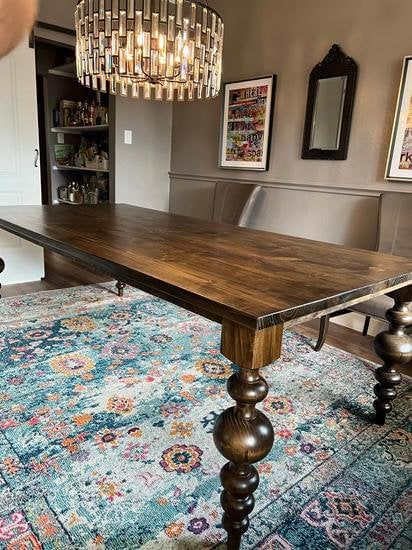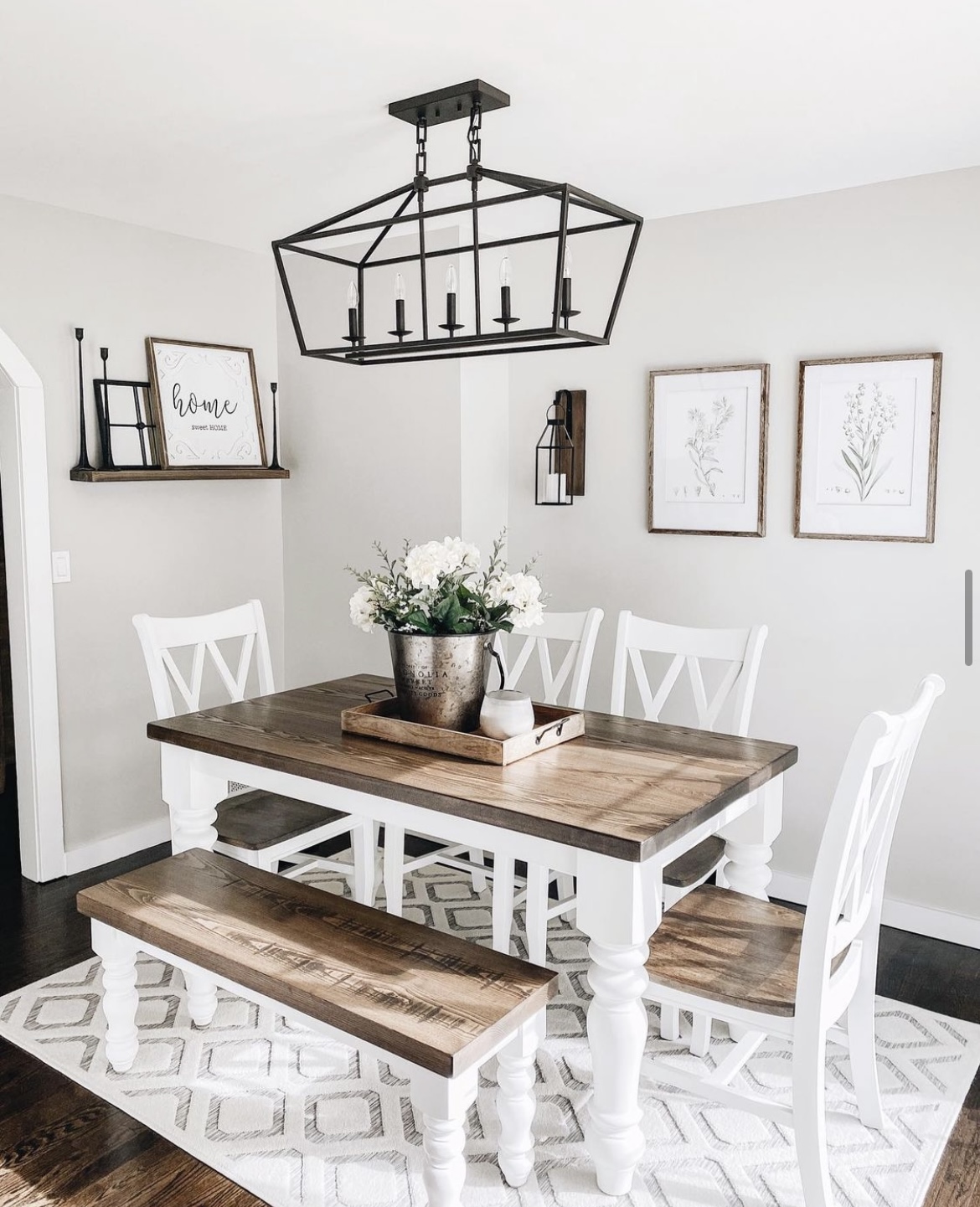Enhance Your Dining Room with Unique and Modern Dining Room Table Legs
Wiki Article
From Typical to Modern: Find the Suitable Dining-room Table Legs for Your Design
The option of dining-room table legs plays a pivotal role in defining the total personality of your area, bridging the gap between standard workmanship and modern aesthetic appeals. While classic designs such as cabriole and turned legs evoke a feeling of ageless refinement, contemporary designs like hairpin and geometric options present a chance for striking visual interest. Examining the ideal equilibrium between these designs calls for a nuanced understanding of your existing décor and individual preference. As you consider these components, the concern continues to be: how can you flawlessly integrate these varied leg styles to produce an unified dining experience?Recognizing Table Leg Styles
The variety of eating room table leg designs can substantially affect both the aesthetics and performance of the space. Each leg design adds unique aesthetic aspects and practical features, satisfying varied layout preferences and usage demands. Comprehending these styles is vital for choosing the best table that lines up with your total indoor layout vision.As an example, conical legs offer a clean, classic look that can boost a space's style, while pedestal bases offer stability and take full advantage of legroom, making them suitable for smaller spaces. Hairpin legs, a hallmark of mid-century modern design, introduce a commercial panache, enabling a ventilated, open feel. Similarly, trestle legs evoke rustic beauty, giving robust assistance and a feeling of eternity.
Moreover, the choice of products plays a significant function. Wooden legs can bring warmth and texture, whereas steel choices frequently communicate a smooth, modern vibe. Ultimately, recognizing table leg styles is important for producing a cohesive dining area that reflects personal style while guaranteeing practicality and convenience. By attentively thinking about these aspects, you can enhance both the visual and useful appeal of your eating area.
Standard Table Leg Options
When choosing dining space table legs, typical choices typically personify classic style and workmanship. These styles reflect a rich heritage and a dedication to quality, making them excellent for those that value traditional visual appeals.One of one of the most renowned conventional leg styles is the cabriole leg, identified by its stylish bent form. This layout often includes attractive carvings and is most frequently discovered in Queen Anne and Chippendale furniture. An additional preferred choice is the transformed leg, which flaunts a collection of smooth, rounded forms that provide a timeless appearance while maintaining stability.
Furthermore, the straight leg, while easy, provides a basic and strong framework that can mix seamlessly with a selection of tabletop designs. For those drawn to ornate describing, claw-and-ball feet legs evoke a feeling of magnificence and can work as a magnificent focal factor in any eating area.
Finally, stand bases, although not purely legs, supply an alternate typical alternative that enables ample legroom and can be wonderfully carved. Each of these typical leg designs adds you could look here to the total setting of an eating space, marrying feature with visual allure.

Modern Table Leg Styles
Modern table leg styles provide a varied series of designs that highlight tidy lines and cutting-edge products. These layouts frequently prioritize capability while working as striking focal factors browse around this web-site within a dining area. Minimalist visual appeals are prevalent, with legs crafted from materials such as steel, glass, and engineered wood, which add to a airy and contemporary feeling.One prominent layout is the barrette leg, defined by its slender, conical structure that offers stability without overwhelming the table top (dining room table legs). This style is typically found in mid-century modern-day furnishings and can easily enhance different dining table shapes. An additional pattern is making use of geometric forms, where legs might handle angular or unbalanced types, including aesthetic rate of interest and a touch of virtuosity

Mixing Designs for Distinct Areas
Typically, homeowners seek to produce one-of-a-kind eating areas that show their individual design by mixing numerous style aspects. This technique permits the unification of diverse visual appeals, leading to a harmonious yet unique setting. As an example, matching a rustic wood table with smooth, contemporary steel legs can produce an attractive comparison that raises the area's overall charm.Furthermore, integrating vintage table legs with contemporary table tops can stimulate a feeling of background while maintaining a modern sensibility. Such mixes not only showcase private preference but likewise encourage creativity, permitting home owners to curate an area that really feels both individual and welcoming.
Color plays a vital duty in this mixing process; choosing table legs that enhance or contrast with the existing color system can boost aesthetic interest. For instance, whitewashed legs can soften the boldness of a dark table surface area, developing a balanced aesthetic.
Tips for Choosing the Right Legs
Choosing the right table legs is vital for accomplishing both functionality and aesthetic appeal in your dining space. Begin by considering the overall design of your area. Standard setups take advantage of legs that feature elaborate carvings or transformed designs, while modern areas might ask for smooth, minimal designs.Following, assess the height and stability of the legs. dining room table legs. Typical table vary in between 28 to 30 inches in elevation, so guarantee the legs enhance this dimension for comfort. Furthermore, durable materials, such as wood or metal, can boost security and longevity
Review the leg form also-- choices include straight, tapered, or pedestal styles. Straight legs supply a timeless appearance, while tapered legs can add a touch of elegance. Pedestal bases give sufficient legroom and are suitable for smaller sized areas.
Conclusion
In summary, pop over to this web-site choosing the suitable dining space table legs requires cautious consideration of both traditional and modern styles. By harmonizing leg design, height, and product with the overall decor, a cohesive and welcoming atmosphere can be achieved.The range of eating room table leg styles can dramatically influence both the visual appeals and functionality of the room. Eventually, recognizing table leg designs is essential for developing a cohesive eating location that shows personal style while ensuring practicality and comfort.One of the most legendary traditional leg designs is the cabriole leg, identified by its stylish rounded form. Straight legs offer a timeless look, while conical legs can add a touch of elegance.In summary, choosing the optimal eating area table legs requires cautious consideration of both conventional and contemporary styles.
Report this wiki page